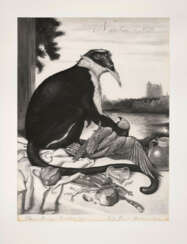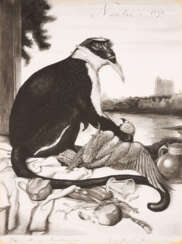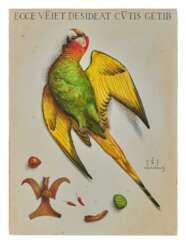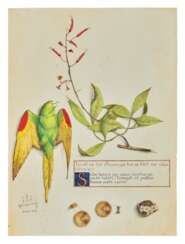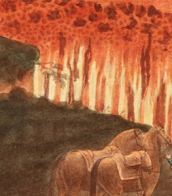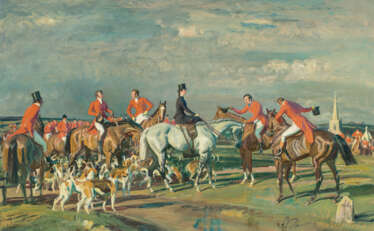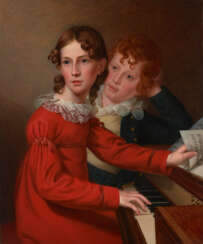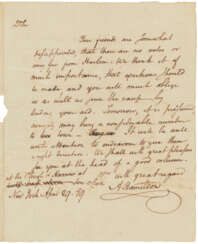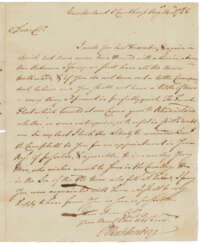walton ford
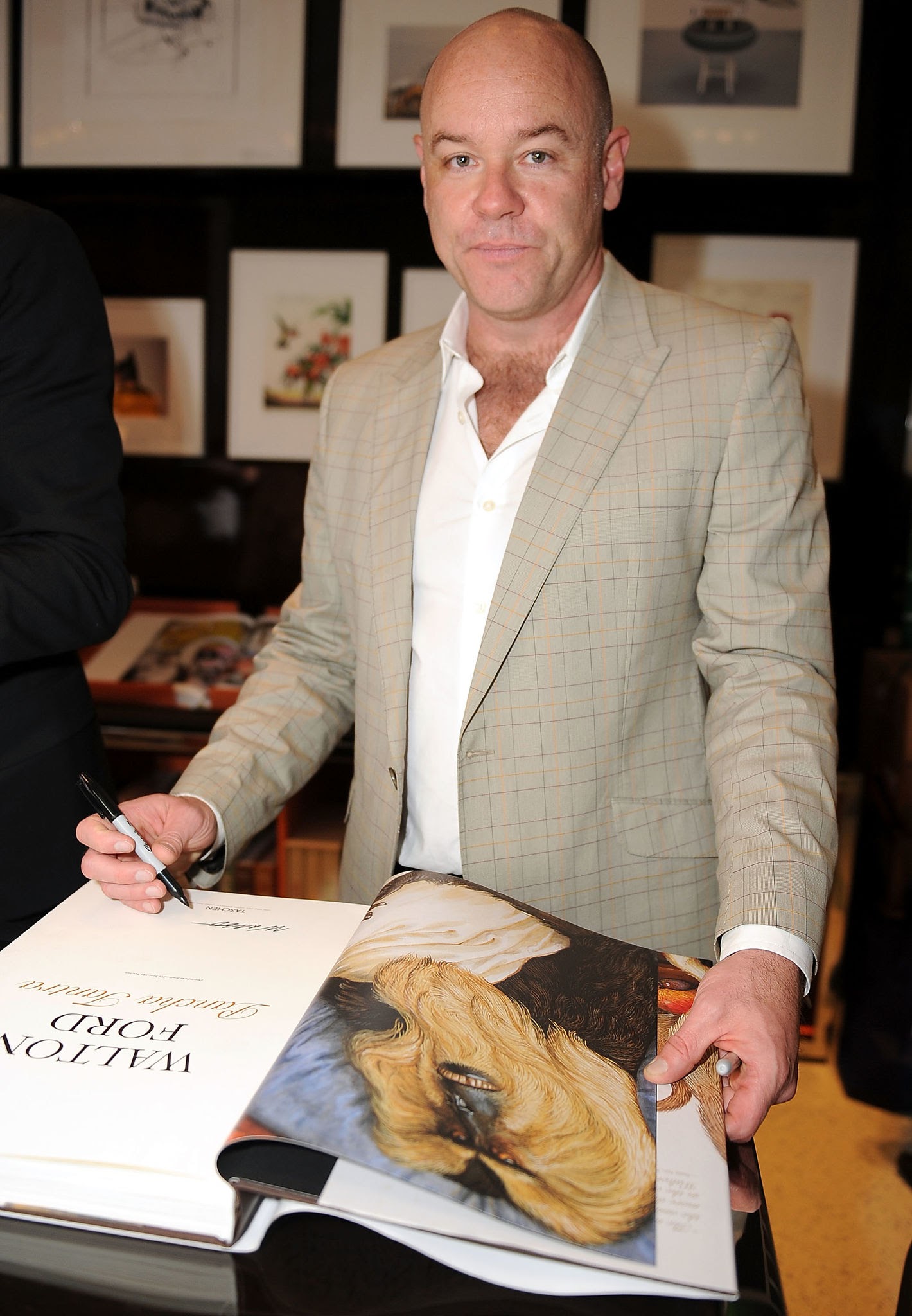
Walton Ford is an American artist. He is known for his large-scale, highly detailed paintings that depict natural history subjects and explore the relationships between humans and animals.
Ford studied at the Rhode Island School of Design and later from Yale University. His work is inspired by the tradition of natural history painting, but he subverts this tradition by using his paintings to critique colonialism, environmental degradation, and the ways in which humans have interacted with the natural world.
Ford's paintings are highly detailed and often include multiple narratives within a single image. He uses a combination of watercolor, gouache, and ink to create his large-scale works, which can be several feet in height and width. His paintings are also highly stylized, featuring elements of graphic design and pop culture.
Ford has exhibited his work extensively, including at the Whitney Museum of American Art in New York, the Hamburger Bahnhof Museum in Berlin, and the Musée de la Chasse et de la Nature in Paris. His work is also held in the collections of several major museums, including the Museum of Modern Art in New York and the Smithsonian American Art Museum in Washington, D.C.
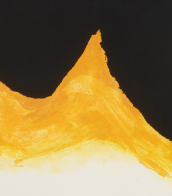

Walton Ford is an American artist. He is known for his large-scale, highly detailed paintings that depict natural history subjects and explore the relationships between humans and animals.
Ford studied at the Rhode Island School of Design and later from Yale University. His work is inspired by the tradition of natural history painting, but he subverts this tradition by using his paintings to critique colonialism, environmental degradation, and the ways in which humans have interacted with the natural world.
Ford's paintings are highly detailed and often include multiple narratives within a single image. He uses a combination of watercolor, gouache, and ink to create his large-scale works, which can be several feet in height and width. His paintings are also highly stylized, featuring elements of graphic design and pop culture.
Ford has exhibited his work extensively, including at the Whitney Museum of American Art in New York, the Hamburger Bahnhof Museum in Berlin, and the Musée de la Chasse et de la Nature in Paris. His work is also held in the collections of several major museums, including the Museum of Modern Art in New York and the Smithsonian American Art Museum in Washington, D.C.
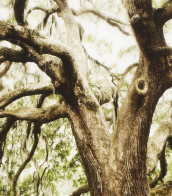

Walton Ford is an American artist. He is known for his large-scale, highly detailed paintings that depict natural history subjects and explore the relationships between humans and animals.
Ford studied at the Rhode Island School of Design and later from Yale University. His work is inspired by the tradition of natural history painting, but he subverts this tradition by using his paintings to critique colonialism, environmental degradation, and the ways in which humans have interacted with the natural world.
Ford's paintings are highly detailed and often include multiple narratives within a single image. He uses a combination of watercolor, gouache, and ink to create his large-scale works, which can be several feet in height and width. His paintings are also highly stylized, featuring elements of graphic design and pop culture.
Ford has exhibited his work extensively, including at the Whitney Museum of American Art in New York, the Hamburger Bahnhof Museum in Berlin, and the Musée de la Chasse et de la Nature in Paris. His work is also held in the collections of several major museums, including the Museum of Modern Art in New York and the Smithsonian American Art Museum in Washington, D.C.
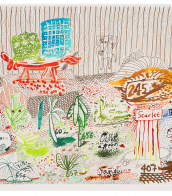

Walton Ford is an American artist. He is known for his large-scale, highly detailed paintings that depict natural history subjects and explore the relationships between humans and animals.
Ford studied at the Rhode Island School of Design and later from Yale University. His work is inspired by the tradition of natural history painting, but he subverts this tradition by using his paintings to critique colonialism, environmental degradation, and the ways in which humans have interacted with the natural world.
Ford's paintings are highly detailed and often include multiple narratives within a single image. He uses a combination of watercolor, gouache, and ink to create his large-scale works, which can be several feet in height and width. His paintings are also highly stylized, featuring elements of graphic design and pop culture.
Ford has exhibited his work extensively, including at the Whitney Museum of American Art in New York, the Hamburger Bahnhof Museum in Berlin, and the Musée de la Chasse et de la Nature in Paris. His work is also held in the collections of several major museums, including the Museum of Modern Art in New York and the Smithsonian American Art Museum in Washington, D.C.
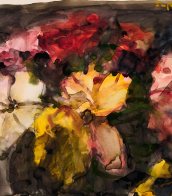
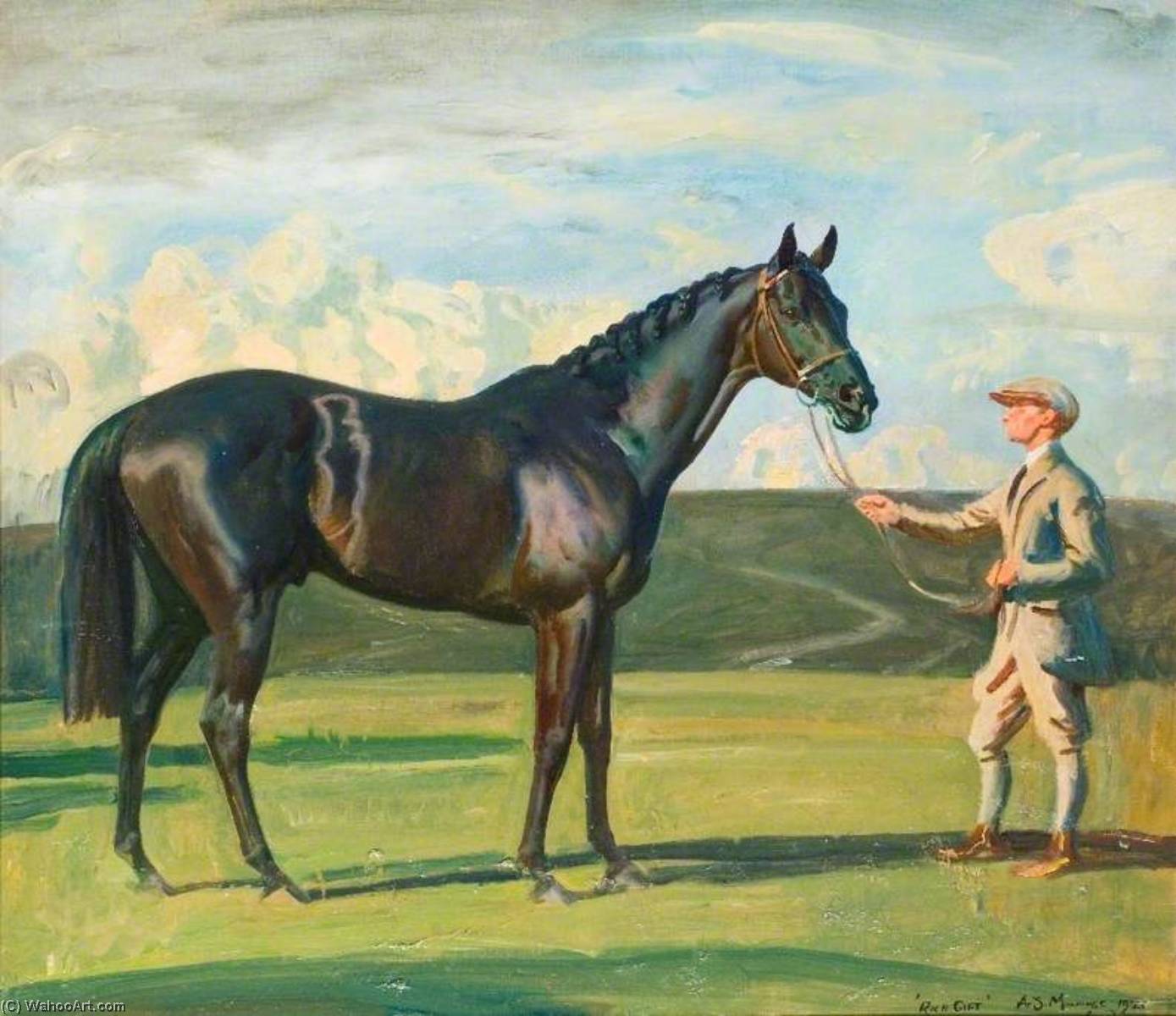
Alfred James Munnings was known as one of England's finest painters of horses, and as an outspoken critic of Modernism. Engaged by Lord Beaverbrook's Canadian War Memorials Fund, he earned several prestigious commissions after the Great War that made him wealthy. Between 1912 and 1914 he was a member of the Newlyn School of artists. His work was part of the art competitions at the 1928 Summer Olympics, the 1932 Summer Olympics, and the 1948 Summer Olympics.
Munnings was president of the Royal Academy of Arts from 1944 until his death.
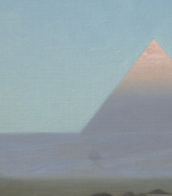
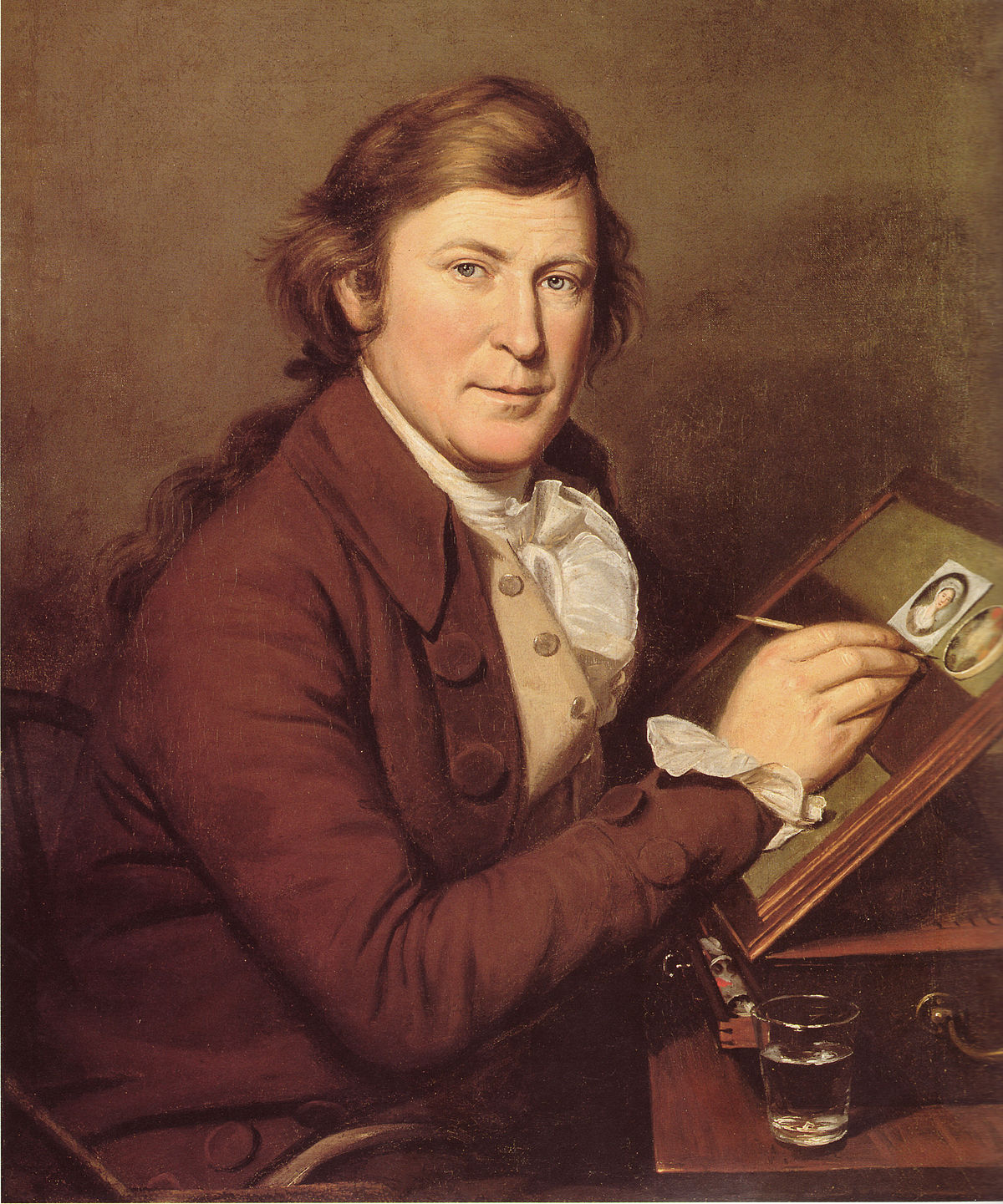
James Peale was an American painter, best known for his miniature and still life paintings.
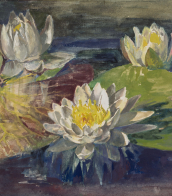
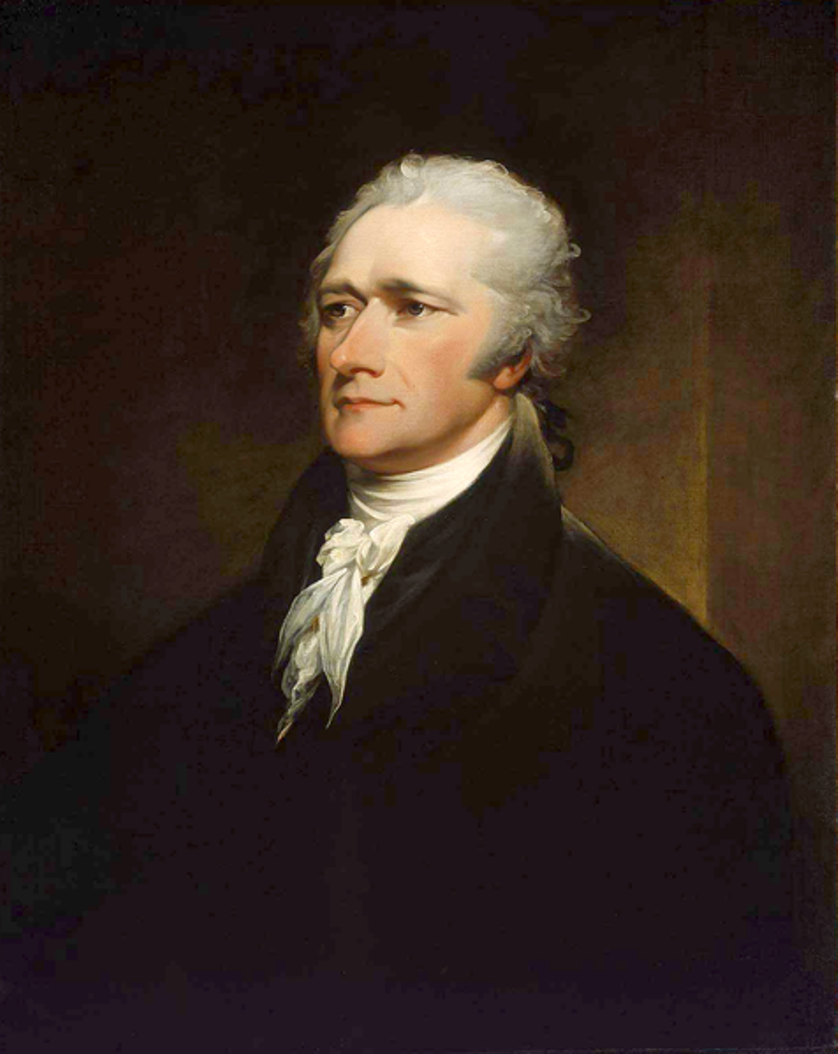
Alexander Hamilton was an American politician and statesman, the founder of the American financial system.
A native of Great Britain, Hamilton arrived in continental America in late 1772 and enrolled at King's College in New York. He became captain of an artillery company in 1776 and fought in the battles of Kips Bay, White Plains, Trenton, and Princeton during the American War of Independence. For four years he served on George Washington's staff as adjutant with the rank of lieutenant colonel. And in 1782, Hamilton was chosen by New York as a delegate to the Confederate Congress.
Alexander Hamilton was also one of New York's delegates to the Constitutional Convention in Philadelphia in 1787. He was a passionate advocate of the Constitution and, along with future President James Madison and John Jay, contributed to the famous book The Federalist (1788), writing most of the essays for it. After George Washington was elected the nation's first president in 1789, he appointed Hamilton Secretary of the Treasury. As the first Secretary of the Treasury (1789-1795), Hamilton developed plans to finance the national debt, secure federal credit, encourage the expansion of manufacturing, and organize a federal bank. In 1801, Hamilton founded the New York Evening Post newspaper.
On July 11, 1804, Hamilton was mortally wounded in a duel with his personal and political rival, Vice President Aaron Burr. Today, Alexander Hamilton is revered as one of the founding fathers of the United States, he is known for his role in creating America's financial system, and his portrait is on the ten dollar bill.





